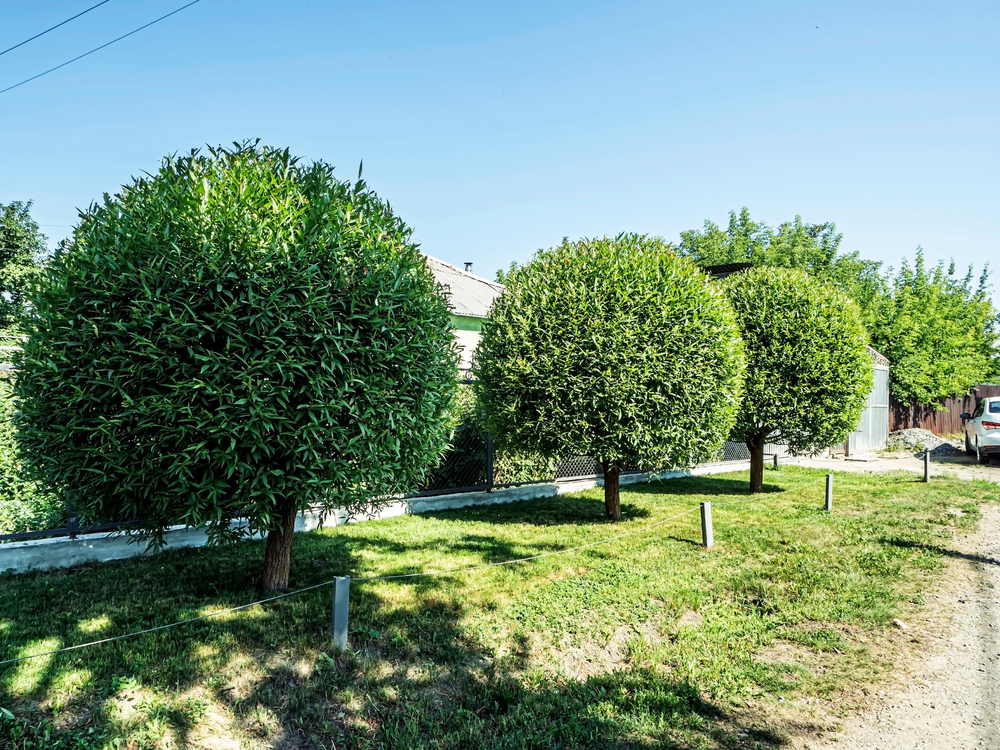All Categories
Featured
The elimination of trees can produce open spaces that are prone to weed intrusion. When trees exist, their dense covers commonly shade the ground, restricting the quantity of sunlight that reaches the dirt. After the elimination of trees, these open areas receive enhanced sunlight, giving perfect problems for weed development.

They might suggest the usage of compost, which acts as a protective barrier on the dirt surface area, avoiding weed seeds from germinating and subduing weed development.

The visibility of trees promotes an abundant and diverse area of dirt microbes. Tree roots offer a resource of raw material, exudates, and nutrients that sustain the growth and activity of beneficial dirt bacteria. However, when trees are gotten rid of, the absence of their roots can interfere with the fragile equilibrium of the soil's microbial ecological community.
How Much Should I Pay For Tree Cutting Wollongong?
This change in pH can affect vitamins and mineral availability, microbial activity, and total soil health. To attend to the results of tree cutting on dirt pH, tree removal experts can supply useful advice. They may advise dirt screening to evaluate the current pH degrees and identify the needed modifications. Based on the results, specialists can suggest pH change techniques, such as including lime to increase soil pH or including important sulfur to reduce it.

It refers to the compression of dirt fragments, resulting in reduced pore area and raised dirt density. This compaction can adversely affect the dirt's capability to function efficiently, impacting its water-holding capability, vitamins and mineral schedule, and root infiltration. Proper techniques utilized by tree elimination professionals can help minimize compaction and protect the dirt's capability to preserve water, and enable adequate air flow and mindful equipment handling.
Latest Posts
What Is The Best Wollongong Council Tree Removal Service In My Area?
How Much Does Full Service Tree Cutting Wollongong Cost?
What Is The Best Tree Removal Wollongong Company Near Me